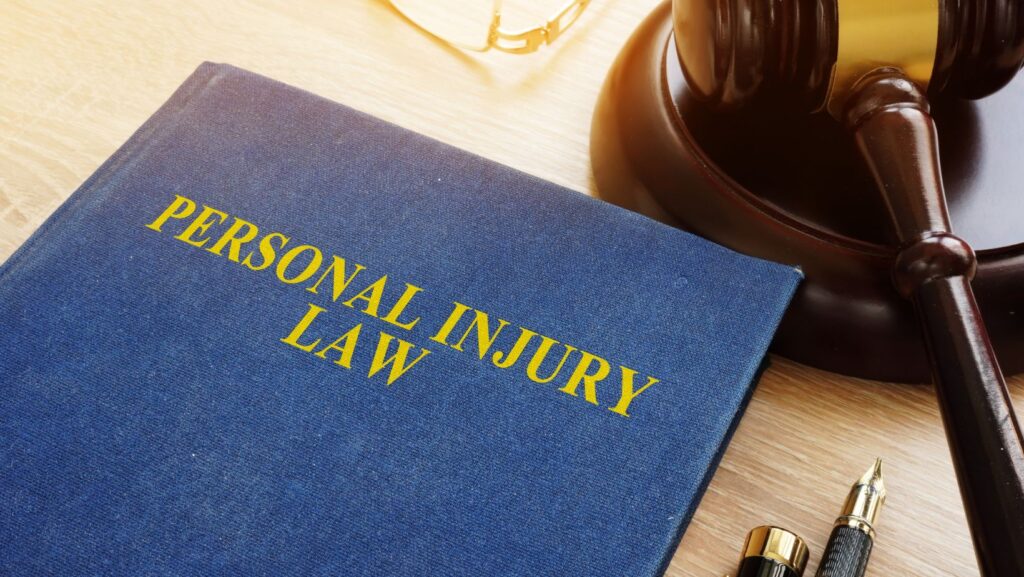Personal injury cases are primarily about restoring what was lost—medical expenses, wages, or physical well-being. Compensatory damages aim to make a person whole again, at least financially. However, another form of damages serves a different purpose altogether: punitive damages. We will explore punitive damages, how they differ from compensatory damages, and why they play a significant role in civil litigation. These damages aren’t awarded in every case. They’re reserved for situations where the defendant’s conduct goes far beyond simple negligence. Punitive damages are meant to send a message—not just to the individual being punished, but to society. They act as a deterrent, discouraging others from engaging in behavior that is reckless, malicious, or driven by a willful disregard for human safety. Understanding the circumstances that lead to these awards can help victims, and their families make informed decisions during the legal process and gain a clearer sense of justice.
Contents
Table of Contents
ToggleBeyond Compensation in Civil Law
When Punitive Damages Become a Legal Possibility
In most personal injury lawsuits, the goal is straightforward: recover financial losses caused by someone else’s careless or reckless behavior. However, the legal system allows for additional financial accountability when that behavior crosses a particular line. Punitive damages are not about compensation; they are about punishment and deterrence. Courts only consider them in cases where the defendant’s actions show an extreme indifference to the safety or rights of others. This includes scenarios like a driver who was not just speeding but was driving under the influence of alcohol with prior convictions or a company that knowingly sold a dangerous product and failed to disclose the risk. In these situations, the legal system allows plaintiffs to ask the court for punitive damages on top of their compensatory award. It’s a mechanism designed to penalize gross misconduct and discourage others from acting in a similarly harmful way. Judges and juries must find convincing evidence of intent, fraud, malice, or a pattern of outrageous conduct. That higher bar is what separates punitive damages from general negligence claims.
How Punitive Damages Are Calculated in Court
Determining the amount of punitive damages involves several considerations, and the process is much more subjective than calculating compensatory losses. Courts look at the severity of the defendant’s conduct, the harm caused to the plaintiff, and the defendant’s financial status. For instance, if a large corporation is liable for egregious conduct, a punitive award may be substantial enough to impact its operations and change its behavior. On the other hand, punitive damages against an individual defendant may be more modest, reflecting the wrongdoing and their ability to pay.

The U.S. Supreme Court has offered guidance on proportionality, suggesting that punitive damages should generally not exceed ten times the compensatory damages. However, this ratio may be exceeded in rare cases if the conduct is particularly reprehensible. Ultimately, the goal is not to bankrupt the wrongdoer but to deliver a punishment that resonates and prevents similar misconduct. Courts also consider previous cases and community standards to keep punitive awards in line with expectations.
Public Interest and Legal Strategy Behind Punitive Awards
Punitive damages serve a broader social function beyond individual justice. The court sends a message that society does not tolerate such actions by financially penalizing egregious behavior. Doing so reinforces community values around safety, ethics, and corporate responsibility. From a legal strategy standpoint, plaintiffs may request punitive damages to highlight the severity of a defendant’s actions and increase negotiating leverage. Defendants facing the potential for punitive damages may be more inclined to settle, mainly if the case involves damning evidence or public scrutiny. For juries, the presence of a punitive damage request shifts the emotional tone of the trial, framing the case as one not only of harm but of accountability. Law firms experienced in navigating these scenarios, such as Jurewitz Law Group Injury & Accident Lawyers, know how to build a compelling case around these high-stakes claims. They understand that successful punitive damage awards often hinge on the factual foundation and the narrative presented to the jury. The legal team must balance compassion for the victim with a clear portrayal of the defendant’s misconduct.
Punitive Damages Are Rare, but Their Impact Is Lasting
Although not common, punitive damages can leave a lasting imprint on both parties. For victims, receiving punitive damages is about more than money—it’s a public recognition that their suffering resulted from more than just an unfortunate accident. It confirms that someone else’s dangerous behavior had consequences beyond immediate harm. This kind of acknowledgment can be meaningful during the emotional recovery process. For defendants, especially corporations, a punitive award can trigger internal reviews, changes in policy, and even nationwide industry reforms. Some of the most well-known cases involving punitive damages have led to massive recalls, public apologies, or stricter safety regulations. The media attention surrounding such verdicts often magnifies their deterrent effect, informing the public and warning other would-be wrongdoers. These awards don’t happen in a vacuum; they significantly ripple through legal, corporate, and social systems. For this reason, courts remain cautious in awarding punitive damages, carefully weighing their power to punish against the importance of fairness and due process.

Punitive damages are not a part of every personal injury case, but when involved, they change the landscape of the lawsuit dramatically. Their purpose isn’t to make victims whole—it’s to send a message that some behaviors are too harmful, reckless, or malicious to be ignored. These damages elevate the case from a matter of compensation to one of principle, serving as a public stand against misconduct. Courts award them with restraint, but when they do, the decision resonates far beyond the individual lawsuit. For plaintiffs, they offer a sense of justice beyond financial repair. For defendants, they carry the weight of accountability and the promise of reform. Understanding when punitive damages apply and how they work is key to navigating personal injury law with clarity and purpose. In a justice system built on restitution and responsibility, punitive damages serve as a powerful tool for change.

